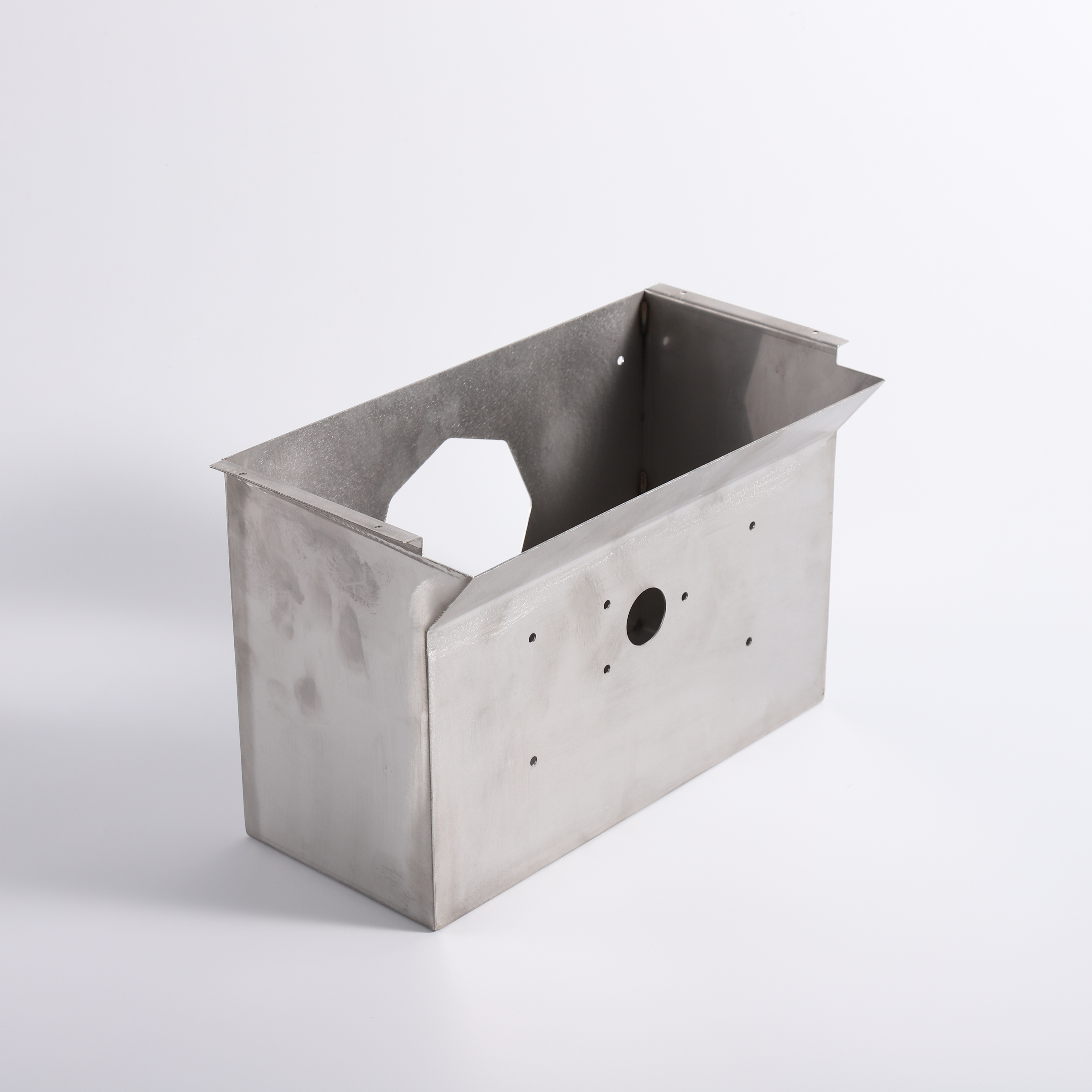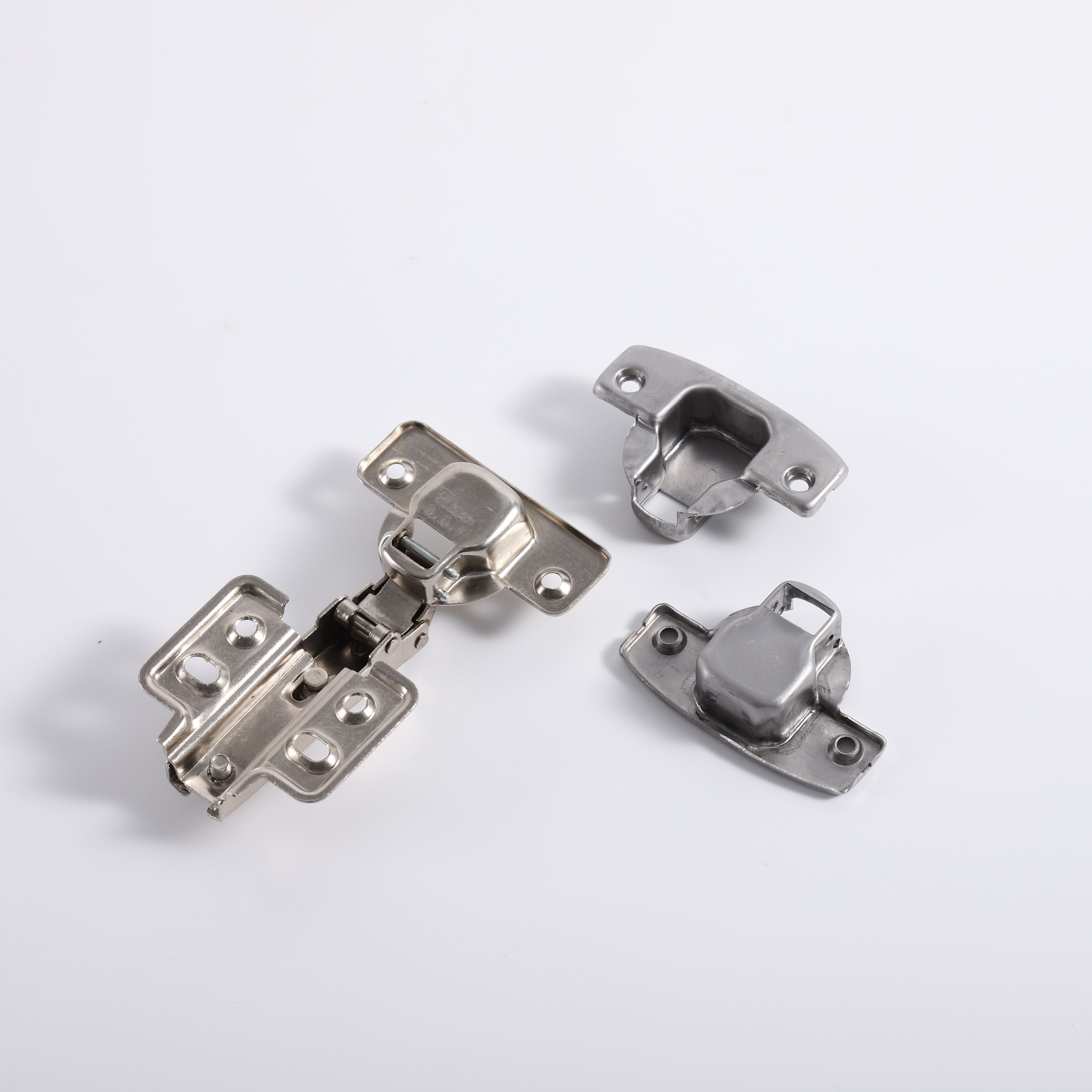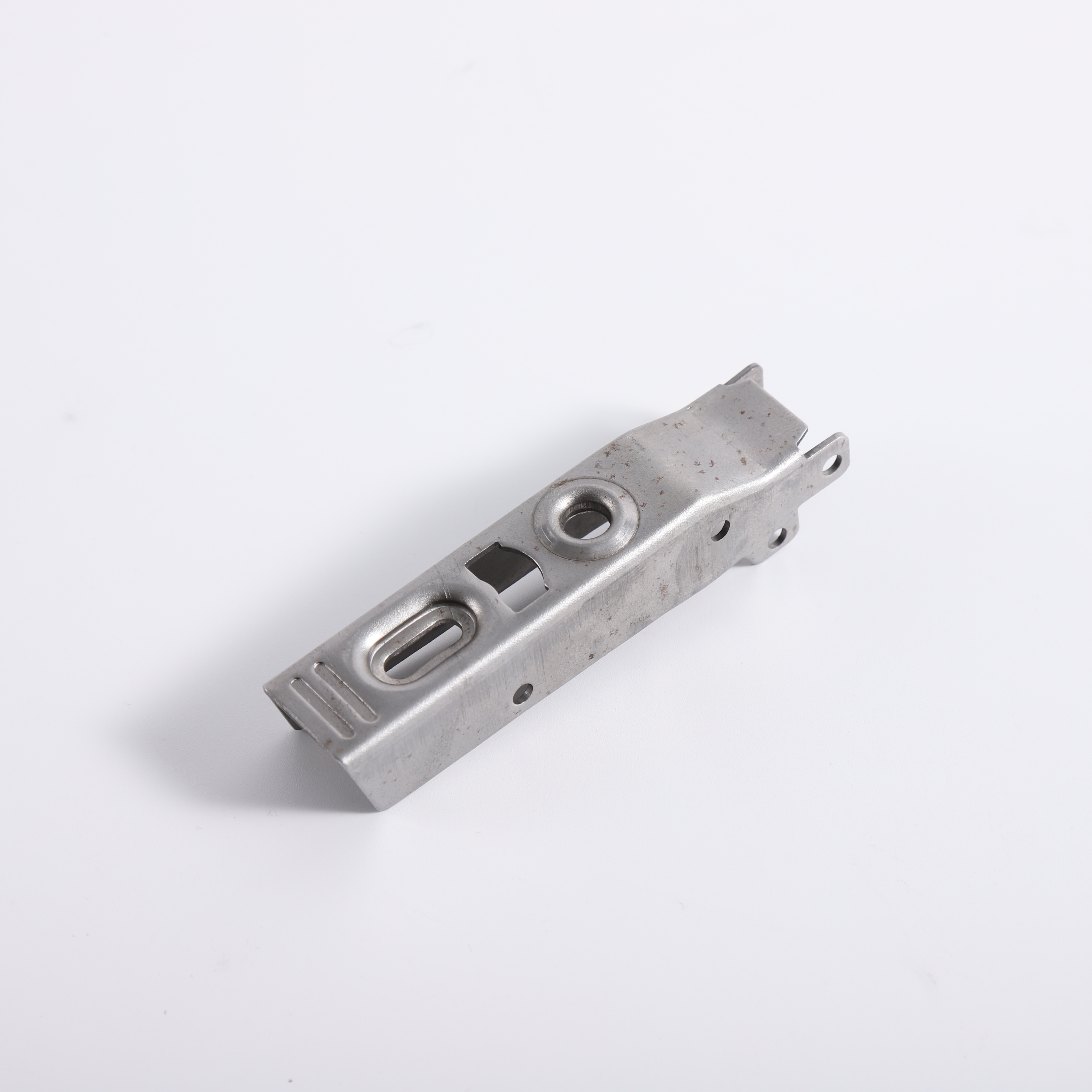
Privacy statement: Your privacy is very important to Us. Our company promises not to disclose your personal information to any external company with out your explicit permission.
Select Language
USD 1 ~ USD 1.5
Brand:FCE
Transportation:Ocean,Land,Air,Express
Packaging:- Proper packing foam bag/sheet protect the part - Put the part on the PET tray - Pack the tray and products into and carton box - Seal the carton box with tapes - Lay the boxes on the pallet with 8 corners protector - Band the box and pallet together -
Supply Ability:50 Set/Sets per Month
Place of Origin:Jiangsu
Productivity:10000pcs/week
Metal plate forming can deform the metal through pressure and heating, producing specific shaped plates that can enhance the strength of the exterior facade. Metal plate forming is generally used for car casings, ceilings in building materials,...
USD 1 ~ USD 1.5
Brand:FCE
Transportation:Ocean,Land,Air,Express
Packaging:- Proper packing foam bag/sheet protect the part - Put the part on the PET tray - Pack the tray and products into and carton box - Seal the carton box with tapes - Lay the boxes on the pallet with 8 corners protector - Band the box and pallet together -
Supply Ability:50 Set/Sets per Month
Place of Origin:Jiangsu
Productivity:10000pcs/week
Sheet metal stamping is an efficient production process in metal plasticity. It can be applied to many products, especially in the automotive industry. Sheet metal stamping technology is better at producing large but lightweight metal products, such...
Sheet Metal Forming processes are those in which force is applied to a piece of sheet metal to modify its geometry rather than remove any material. The applied force stresses the metal beyond its yield strength, causing the material to plastically deform, but not to fail. By doing so, the sheet can be bent or stretched into a variety of complex shapes. Sheet metal forming processes include the following:
l Bending
l Roll forming
l Deep Drawing
l Stretch forming
Bending
Bending is a metal forming process in which a force is applied to a piece of sheet metal, causing it to bend at an angle and form the desired shape. A bending operation causes deformation along one axis, but a sequence of several different operations can be performed to create a complex part. Bent parts can be quite small, such as a bracket, such as a large enclosure or chassis.
V bending and Wipe bending
Roll forming
Roll forming, is a metal forming process in which sheet metal is progressively shaped through a series of bending operations. The process is performed on a roll forming line. Each station has a roller, referred to as a roller die, positioned on both sides of the sheet. The shape and size of the roller die may be unique to that station, or several identical roller dies may be used in different positions. The roller dies may be above and below the sheet, along the sides, at an angle, etc. the roller dies are lubricated to reduce friction between the die and the sheet, thus reducing the tool wear. Also, lubricant can allow for a higher production rate, which will also depend on the material thickness, number of roll stations, and radius of each bend. The roll forming line can also include other Sheet Metal Fabrication operations before or after the roll forming, such as punching or shearing.
Deep drawing
Deep drawing is a metal forming process in which sheet metal is stretched into the desired part shape. A tool pushes downward on the sheet metal, forcing it into a die cavity in the shape of the desired part. The tensile forces applied to the sheet cause it to plastically deform into a cup-shaped part. Deep drawn parts are characterized by a depth equal to more than half of the diameter of the part. These parts can have a variety of cross sections with straight, tapered, or even curved walls, but cylindrical or rectangular parts are most common. Deep drawing is most effective with ductile metals, such as aluminum, brass, copper, and mild steel. Examples of parts formed with deep drawing include automotive bodies and fuel tanks, cans, cups, kitchen sinks, and pots and pans
Stretch Forming
Stretch forming is a metal forming process in which a piece of sheet metal is stretched and bent simultaneously over a die in order to form large contoured parts. Stretch forming is performed on a stretch press, in which a piece of sheet metal is securely gripped along its edges by gripping jaws. The gripping jaws are each attached to a carriage that is pulled by pneumatic or hydraulic force to stretch the sheet. The tooling used in this process is a stretch form block, called a form die, which is a solid contoured piece against which the sheet metal will be pressed. The most common stretch presses are oriented vertically, in which the form die rests on a press table that can be raised into the sheet by a hydraulic ram. As the form die is driven into the sheet, which is gripped tightly at its edges, the tensile forces increase and the sheet plastically deforms into a new shape. Horizontal stretch presses mount the form die sideways on a stationary press table, while the gripping jaws pull the sheet horizontally around the form die




Privacy statement: Your privacy is very important to Us. Our company promises not to disclose your personal information to any external company with out your explicit permission.

Fill in more information so that we can get in touch with you faster
Privacy statement: Your privacy is very important to Us. Our company promises not to disclose your personal information to any external company with out your explicit permission.